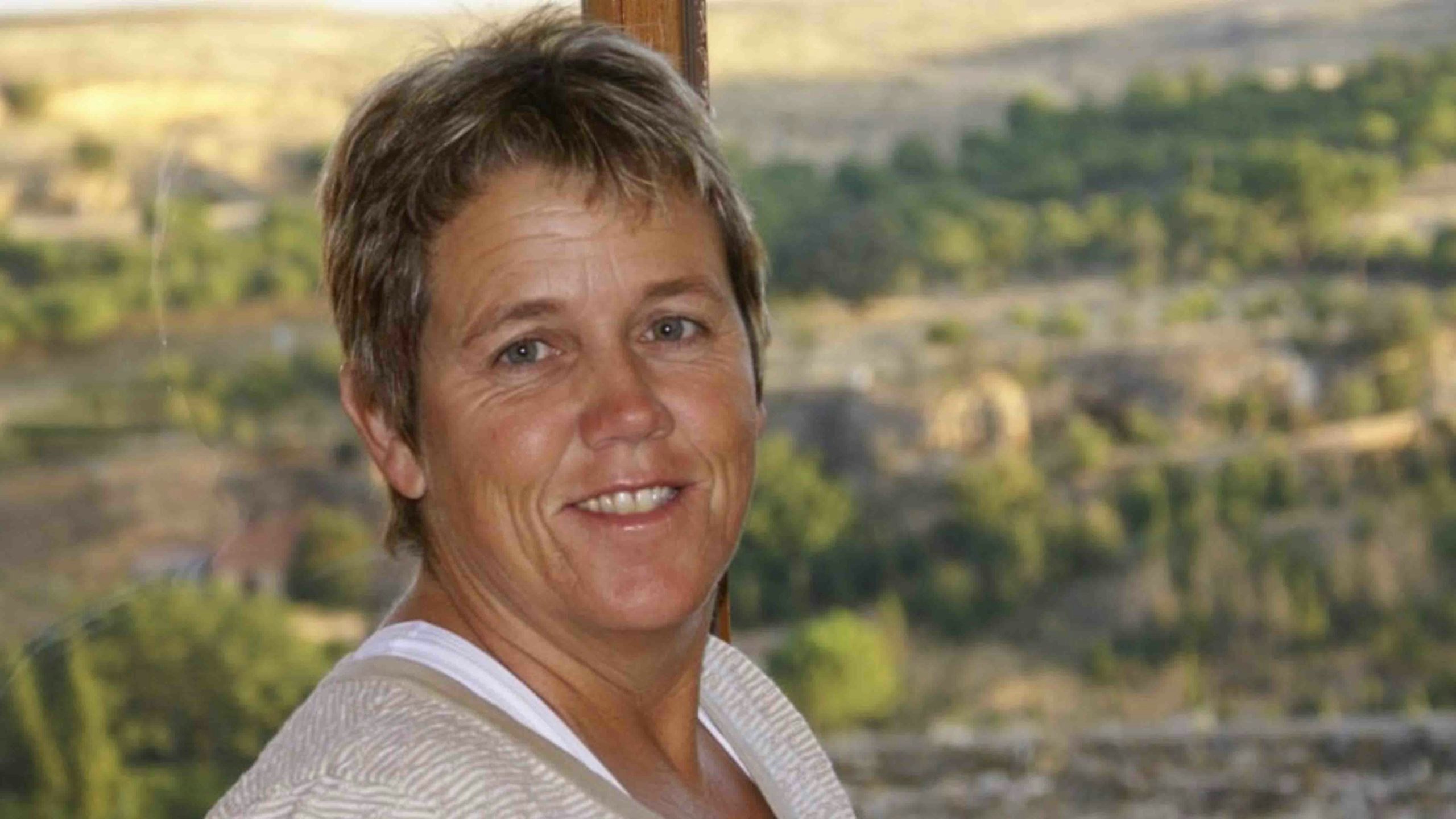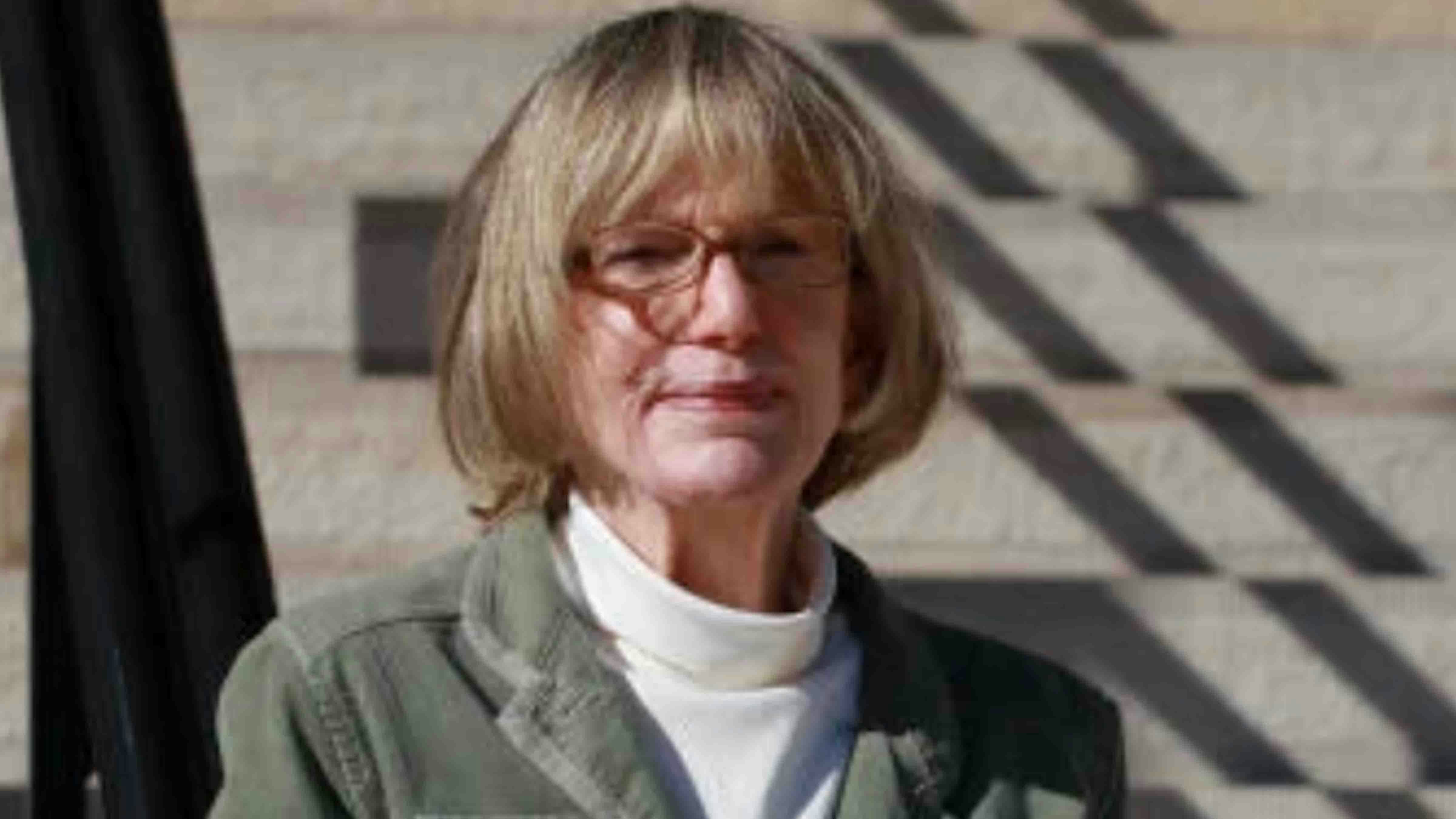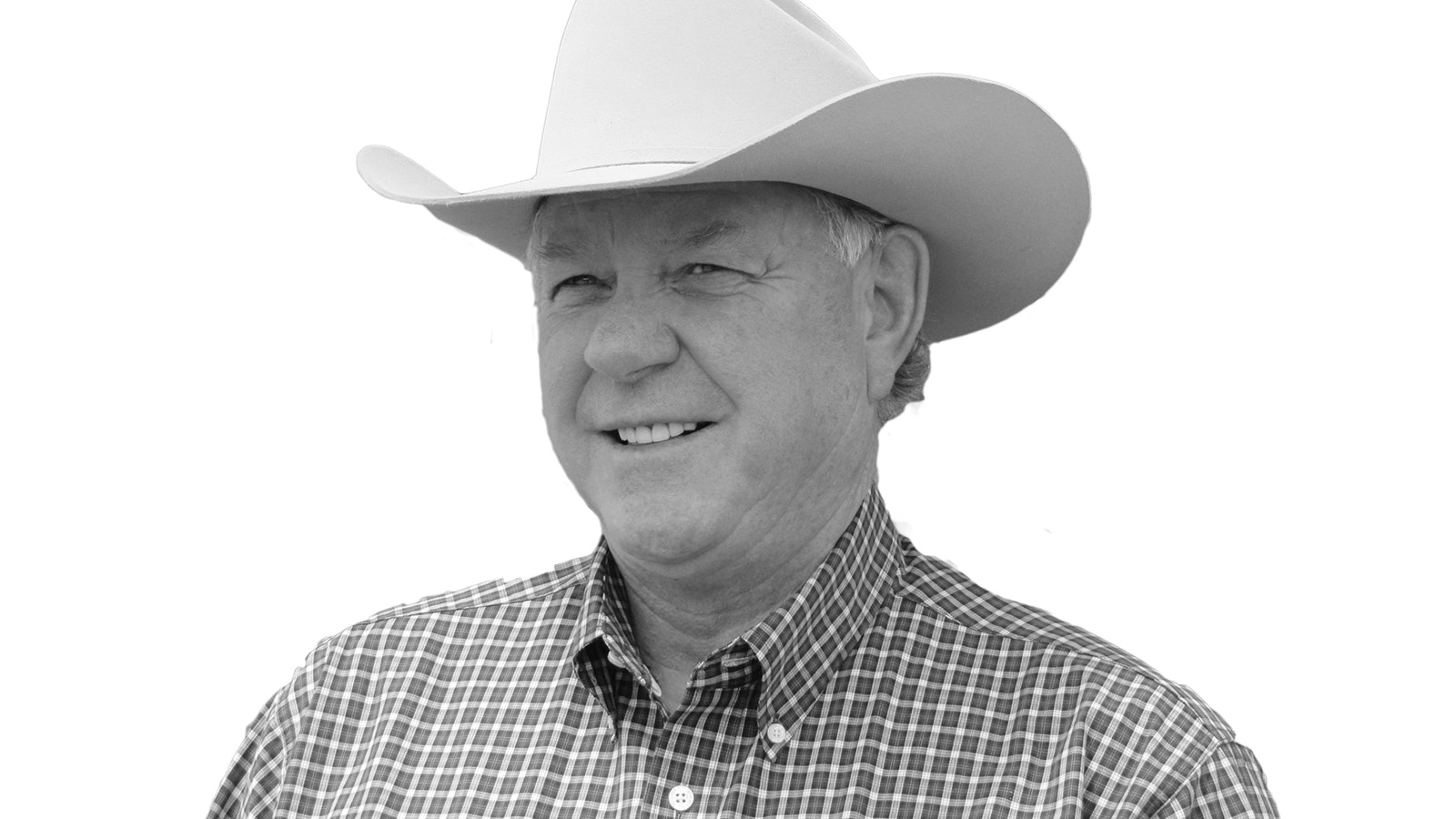Two years ago, I watched an ATV race through the grazing allotment where we were lambing, with the people inside having a good time on a joy ride. As they dashed past, they ran over and killed a newborn lamb – but they never saw the lamb and never knew they killed it.
Those people didn’t know that a newborn lamb will respond to sudden stimulus (including sound or movement) by startling, jumping up from a sound sleep and racing in the direction of the stimulus.
That’s one of the reasons we lamb our pregnant ewes in really quiet places. Most years I don’t see anyone not affiliated with the ranch the entire three-week lambing season, even when we’re on public land grazing allotments.
When we do have visitors, we explain the lamb startle response and caution them to drive slowly. If they see a lamb race toward them, they should stop and shut off their vehicle and wait for the ewe to reclaim the lamb, which usually only takes about a minute or two.
They can then witness the beautiful bond between the ewe and lamb as the ewe “talks” to her babe to woo it back to her side. Within a day or so after birth, the lamb’s startle response will weaken as it is exposed to more life experiences, but it’s an animal welfare issue that range sheep producers consider carefully in deciding where to place ewe flocks for lambing.
I’m confident that those folks in the ATV that day didn’t know any of this. Unless livestock producers share this type of information with others, how can we expect them to know?
In a meeting last week, a wildlife researcher proposed that livestock producers could construct lambing barns to resolve problems with eagle depredations.
While that may be a good option for some sheep producers, for others it’s a terrible idea. For range producers trying to conduct lambing operations in as natural a way possible with the smallest footprint, adding additional infrastructure and disturbance is something we want to avoid.
But how could the researcher understand that her solution goes against much of our core philosophy of stewardship in an intact landscape if we don’t share that information?
How was she to know that shed lambing poses its own set of negative consequences to both the animals and the environment while increasing costs?
We regularly get small groups of bicyclists who stop near the county road bridge and climb over the fence with its “no trespassing” signs, seeking to relieve themselves in the first thick stand of willows they’ve encountered in 25 miles.
This river pasture has been fenced off not just to aid in range management, but also to reduce the amount of human fecal deposits left by each of these passing groups in the riparian area. How could they know about the danger of contaminating a wild river by each of these small groups doing the same thing, if we don’t share that information?
Honestly, they won’t understand unless we begin talking to one another; until we quit demonizing and simplifying user groups and engage more on a personal level; until we move away from thinking the best intentions from our own peer group, while assuming the worst of others.
Last week’s column prompted a surprisingly positive response. It also resulted in the suggestion that the private lands I care about so much about should be protected through a conservation easement or agreement with an NGO or governmental entity.
I blew that idea off, and then questioned myself: How are they to know that these lands are already protected, unless we share that information?
There are landowners who enter into conservation easements or other agreements to provide assurances that their lands are protected from future development.
But there are others who view their lands as fully protected without such contracts – and who don’t believe that a government or non-governmental entity needs to be involved in providing that protection.
Instead, protections are provided for these lands by maintaining and sustaining our livestock operations – it’s not less protected simply because we’ve declined to involve the government or anyone else.
These lands are protected by the continued stewardship and multi-generational commitment to migratory sheep and cattle operations on which the land serves as their lifeblood.
Landowners have numerous reasons for declining to sign contracts to protect the land. At the basic level, the idea of adding another layer of split estate isn’t viewed as prudent.
To separate out mineral rights, surface rights, development rights, and water rights from the same ground from which it all originates seems unwise.
But the biggest issue may be that ranchers don’t want to grant authority for a government or other party to have a right to access the private ground at their discretion. While we want to be trusting, we know that one person with ill intentions could cause controversy where none should exist.
We know private ranchlands are inhabited by rare wildlife species and landowners are proud of that.
But we also feel that letting others know of the presence of these species could be used as a weapon to jeopardize our operations, rather than reward the good stewardship that keeps these species present when they are disappearing elsewhere.
The last issue is the one that will cause the biggest controversy, and some will claim that it points to the need for binding protection for the private land: The reality is that private land serves as the ranch safety net in an uncertain future.
If restrictions on grazing operations on public lands become so onerous that public lands grazing becomes infeasible, ranchers may have to intensify or diversify private lands operations to remain viable.
Private ranchlands are interspersed in public land allotments in this area, and as livestock operations are squeezed or marginalized by each issue or controversy, ranches have to make up the difference somewhere, in some way.
Most range producers feel blessed to live and work every day in these wide open spaces treasuring these lands and all they hold.
We feel our operations work in tandem with natural cycles and just as we utilize public lands for grazing, our private lands provide vital habitat links for numerous wild species. We feel we’re a vital part of holding these landscapes together.
As I write this column, cold temperatures have frozen most water sources in the Big Sandy country, and there hasn’t been much snow.
But the pronghorn antelope know where to go in this situation: there are about 400 of them gathered to utilize artesian water wells on private land that remain unfenced from the public lands that surrounds them.
Wild and domestic animals use the land for their life needs on a landscape scale, and that’s the scale in which these lands are managed, not parcel by parcel. It’s this larger view that holds it all together.
All this doesn’t mean that we don’t make mistakes, don’t have conflicts, that we can’t do better, or that some days we’re doing the best we can but still fall short in someone’s eyes – including our own. The same is true for every public land user. But damned few of us want to harm the resource, or other users.
Perhaps if we talked more, exchanged information and stories, and the nuances and complexities involved in what we do, we could expand that common ground that exists within this shared range every single day.
Cat Urbigkit is an author and rancher who lives on the range in Sublette County, Wyoming. Her column, Range Writing, appears weekly in Cowboy State Daily.





